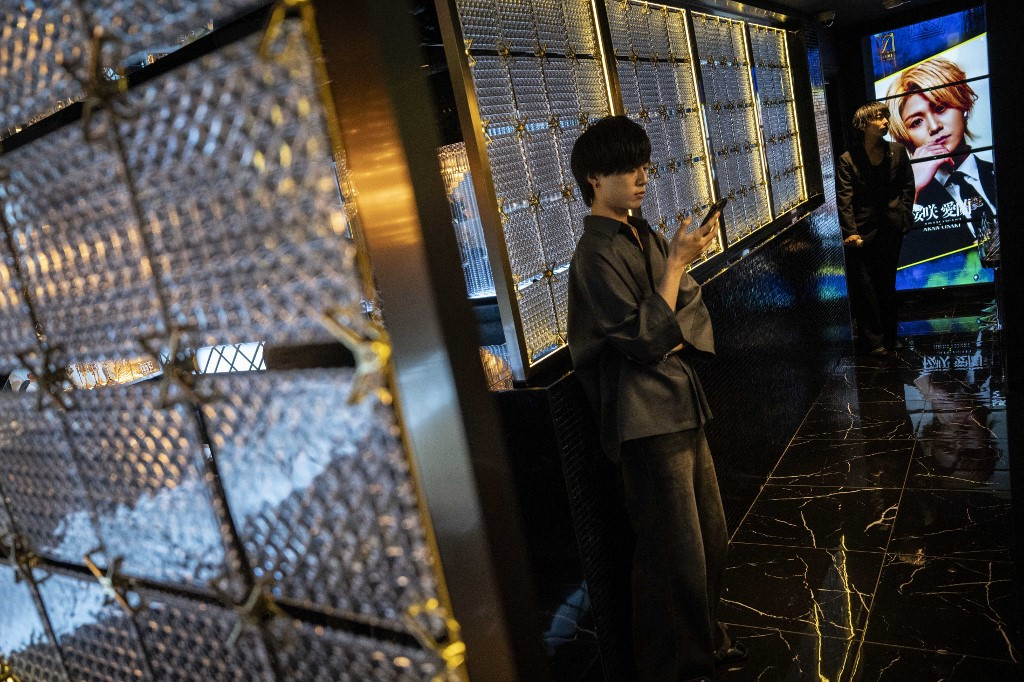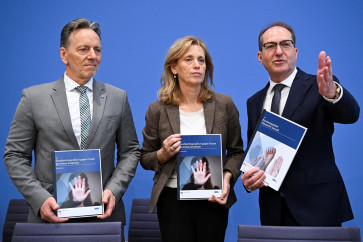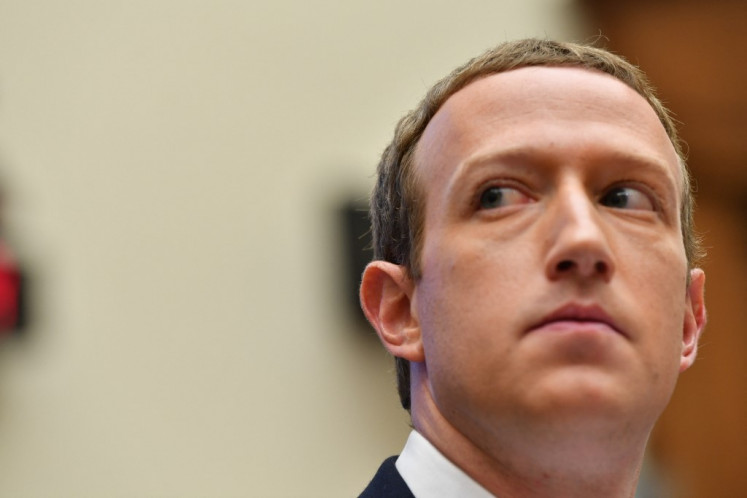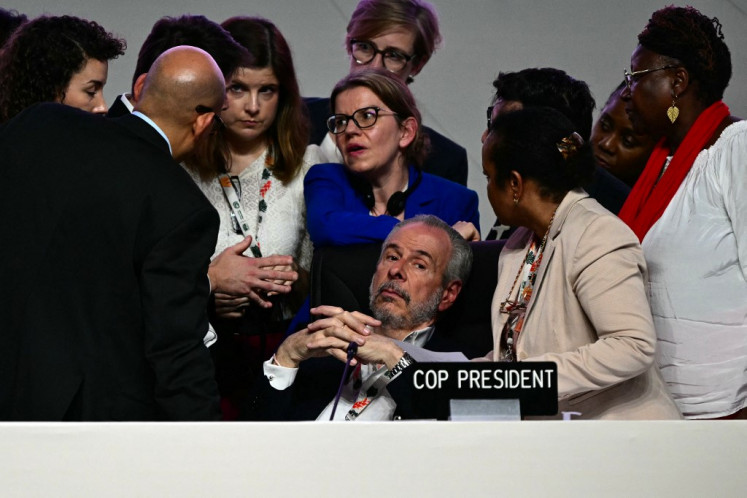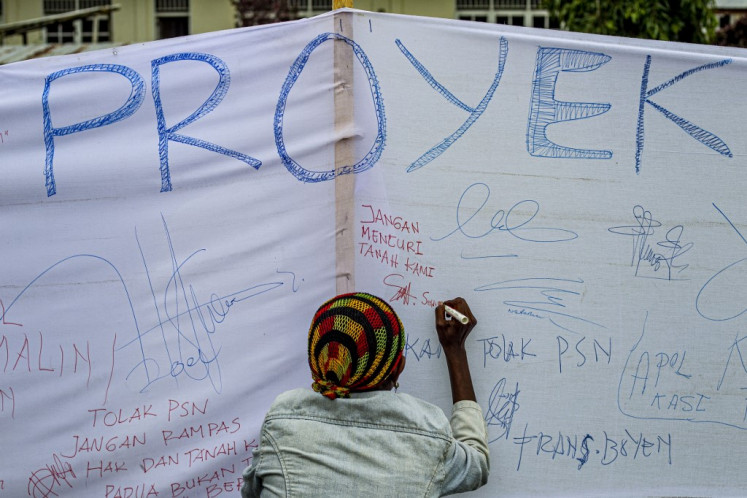Popular Reads
Top Results
Can't find what you're looking for?
View all search resultsPopular Reads
Top Results
Can't find what you're looking for?
View all search resultsAs media trust crumbles, online buzz booms in Japan
The new media landscape has implications for not only traditional journalism, but Japanese democracy.
Change text size
Gift Premium Articles
to Anyone
I
n 2023, there was a major shift in Japan's media landscape. Weekday internet usage time surpassed television for the first time across all age groups. The gap only widened in 2024, according to the Ministry of Internal Affairs and Communications.
Younger people in Japan are less exposed to traditional media like TV and newspapers. Even though the Yomiuri Shimbun is still the world's highest-circulation newspaper, readership of its morning edition declined from the over 10 million copies it proclaimed in 2010 to 6.2 million in 2023.
On YouTube, meanwhile, users surpass 80 percent across all age groups, and slick "explainers" can sometimes outshine legacy media professionals. On X, users exceed 40 percent and opinions far outpace any fact-checking.
The new media landscape has implications for not only traditional journalism, but Japanese democracy, observers say.
In late July, Japanese manga artist Mayumi Kurata criticized discriminatory language directed at an adult film actress on X. The post went viral, resonating with people caught between the speed of the internet and the trust once placed in traditional outlets.
Her words cut to the heart of a growing dilemma: in a world where anyone can be a publisher, how should people stay informed -- and what role, if any, should legacy media still play?
"Young people and the elderly, though living in the same country, digest information in different ways, creating a disconnect in their awareness as if they were residents of different nations," says Kurata, who often appears as a TV commentator.
Kurata says unlike TV, social media bombards users with the opinions of those that support their own ideas. This creates echo chambers where they are exposed solely to information that reinforce their existing beliefs.
"For example, if it's the Sanseito party, users end up thinking only about that, and it becomes something very important to them. It has that kind of intensity," Kurata, 54, says, referring to the emergent populist party, which ran on a "Japanese First" mantra and gained several seats in July's upper house election.
What breeds distrust in Japan's legacy media most is the fact that it often does not correct misinformation it has disseminated, she says. "They even let them linger. Plus, given their relationships with paid advertisers, or in TV's case, the constraints of broadcasting laws, it's difficult for them to broadcast without considering the ruling party's intentions. That's where the distrust comes from."
Kyodo News analyzed and reported on YouTube videos viewed in connection with July's House of Councillors election.
Among the top 100 most-viewed videos, about 80 percent were short clips created by third parties unrelated to political parties or politicians, featuring provocative language that harshly criticized or tried to debunk political messaging. Meanwhile, videos from news organizations were scarcely watched.
Kurata sees a worrying trend in which people want to grasp only key points rather than the entire discussion.
"They increasingly prioritize obtaining as much information as possible, even if it's superficial. For these viewers, short videos suffice, and for creators, shorter content is easier to produce, creating a win-win situation."
On YouTube, higher view counts mean increased revenue. Provocative language is compelling. And creators strive to attract with short phrasing, leading to more extreme wording.
"News organizations exercise caution, but they can never compete in view counts with social media clips that deliberately provoke controversy. That said, television has also engaged in sensationalism to grab attention. They repeatedly aired the same footage during the COVID-19 pandemic, disasters, and major incidents," Kurata says.
While Kurata believes that users of social media can go too far with criticisms of public figures and others, she acknowledges that drawing the line on how much is permissible is difficult, since "freedom of expression should be protected."
"It's dangerous to uniformly label something as 'a human rights violation' and demand video removal. Defamation that crosses the line should certainly be brought before the courts. However, I oppose the government or political parties doing so."
Whereas decades ago young people could be completely detached from politics if they simply did not tune into TV or read newspapers, nowadays even if they are not interested or are indifferent, influencers or celebrities they follow can grab their attention.
"There is potential for voter turnout to rise going forward," Kurata says.
In the end, Kurata believes it is best to use social media and traditional media to complement the shortcomings of each other – getting information from both and finding a style that suits every consumer of media.
"YouTube incorporates the strengths of television, and some videos feature editing techniques that rival TV programs. Legacy media still hold significant influence, but it would be a waste if they simply continued on a path of decline. Going forward, it's time for TV and newspapers to adopt the good aspects of social media."

